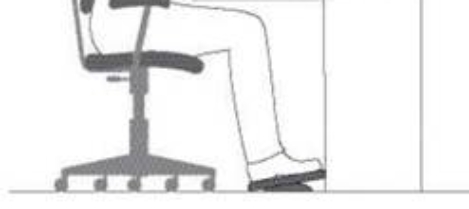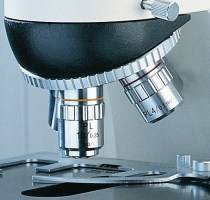July 14, 2015
Homeworkers left to fund their own technology by stingy bosses
 Last week we learnt that for some employers, homeworking is only to be encouraged when it’s out of hours. Now new research from Regus suggests that only around a third of people encouraged by their employers to work from home (35 percent) receive any contributions from their firm to fund the fit-out. The survey of over 4,000 senior business people found that the majority (82 percent) of employers refuse to cover all the costs incurred for creating and maintaining a work space for homeworkers. This proves costly for staff, as a quarter (25 percent) of respondents said that it would take a whole monthly salary for them to fit-out their home, while the average cost of running a home office in the UK is almost £2,000 a year. Nearly half (43 percent) of workers think that most companies encouraging their employees to work from home are simply trying to transfer the workspace cost onto the employee.
Last week we learnt that for some employers, homeworking is only to be encouraged when it’s out of hours. Now new research from Regus suggests that only around a third of people encouraged by their employers to work from home (35 percent) receive any contributions from their firm to fund the fit-out. The survey of over 4,000 senior business people found that the majority (82 percent) of employers refuse to cover all the costs incurred for creating and maintaining a work space for homeworkers. This proves costly for staff, as a quarter (25 percent) of respondents said that it would take a whole monthly salary for them to fit-out their home, while the average cost of running a home office in the UK is almost £2,000 a year. Nearly half (43 percent) of workers think that most companies encouraging their employees to work from home are simply trying to transfer the workspace cost onto the employee.




























December 8, 2015
Linear equations are no longer enough to determine the size of offices
by Mark Eltringham • Comment, Facilities management, Furniture, Technology, Workplace design
In 2013, the US Census Bureau announced that the official human population of the Earth had exceeded 7 billion for the first time. This provoked people to raise concerns that were couched in Malthusian pessimism. Although people might have assumed we’d left behind this kind of flawed thinking, there is obviously something appealing about the idea that exponential population growth is unsustainable when resources increase only in arithmetical terms. We’ve got a problem but what we should have learned in the two centuries since Thomas Malthus first popularised the idea is that there are complex factors that can influence the resources we need to survive, not least in terms of greater efficiency in the way we produce them. A similar debate is also apparent in the way in which the commercial property market is able to offer the right sort of buildings for modern organisations.
(more…)